Contents
In the process of growing our most popular vegetable – potatoes – gardeners face problems that sometimes simply baffle them. These are not only plant diseases, but also pests that strive to spoil the expected harvest. One of them is a wireworm. A wireworm in a potato can ruin all your work.
In terms of damage to the crop, it can be compared with the famous Colorado potato beetle, only its effect on the root crop is different – the parasite drills holes in the potato and spoils the crop that is ready for harvest. With love and care, the grown vegetable becomes unusable and even more so for storage, it remains only to throw it away. In some cases, affected potatoes turn out to be a significant percentage of the total collection, which is doubly insulting.
You can successfully deal with such a scourge on the site, we will try to consider all existing methods.
What you need to know about wireworm
The wireworm is the voracious larvae of the click beetle. As soon as the sun thoroughly warms the earth, the female beetle lays her eggs in the upper soil layer. It happens in May-June. In about a month, the larvae will hatch, which will exist in the ground during their entire life – this is about 3-4 years. In the first year, they are not dangerous for root crops. During this period, the wireworms feed on the roots of plants and actively gain weight, so the next year it is already a very mobile insect, similar to a worm, with a narrow light brown or yellow body. The pest has a cover that reliably protects it, so you won’t be able to simply crush the insect, you can only tear it. Because of this feature, he got his name.
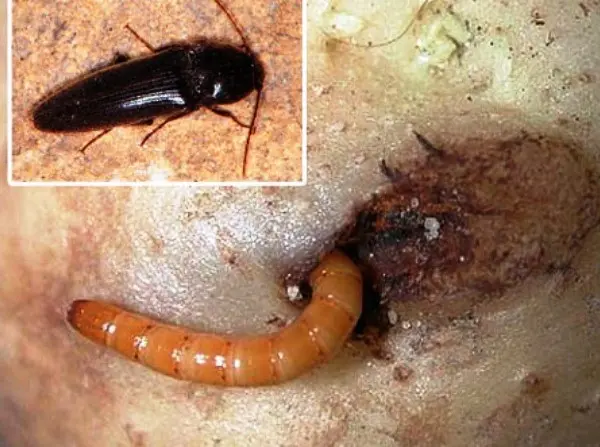
For 2 years of active life, the wireworm can significantly spoil your crop on the site. He is omnivorous. He likes planted germinating seeds, roots and stems of plants, formed root crops.
In the fourth year, activity decreases, the larvae transform into pupae, and then into adult beetles. But there is no reason for joy here. You can’t breathe easy: they suffered for 2 years, the beetles hatched, now the wireworm will not appear in the potatoes. If an insect has settled on your site, then be sure that you always have a complete set, from small larvae to adult beetles. If you do not fight the pest, but let the process take its course, your site will become an excellent wireworm breeding incubator, and the efforts spent on growing vegetable crops will fail.
Methods of struggle
There are several methods for getting rid of wireworms. You can use their combinations to make the result more effective. As in any method of dealing with garden pests, here it is necessary to distinguish 2 subspecies – folk methods and with the use of chemicals.
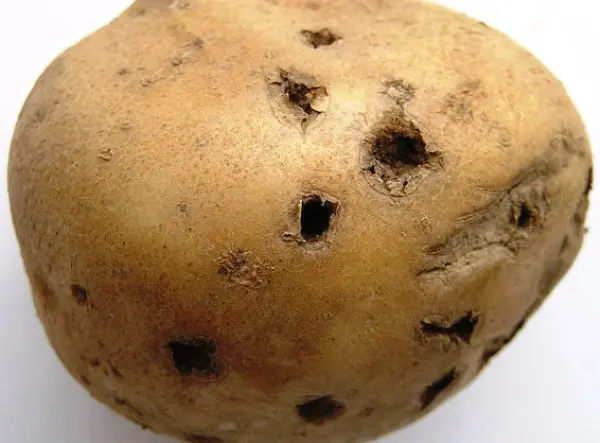
If you are not a supporter of the use of chemistry in growing crops, then the following methods will suit you.
The wireworm feels comfortable in damp or acidic soil, so you should think about changing the composition by applying liming to the earth. The process involves the application of lime, chalk or ash during digging or loosening. The frequency of the procedure is 1 time in 3-4 years. The most affordable way is ground eggshell, it can be scattered in the summer along the beds with vegetables.
Before planting vegetables, deep digging is recommended, it is better if you do it in advance, in late autumn – then all the larvae and pupae from the upper layers will die in winter.
Wheatgrass for wireworms is a delicacy, so try to keep your area free of weeds.

Before planting potatoes, you can treat each well with special solutions:
- manganese solution – at the rate of 5 g per 10 liters of water. Not suitable for acidic soils! May cause scorching in plants;
- infusion of celandine – 100 g of crushed mass is infused for 3 days in 10 liters of water;
- nettle infusion – 0,5 kg of shoots for the same 10 liters;
- coltsfoot infusion – 200 g per 10 l;
- you can even use dandelion – also 200 g per 10 liters.
The etching procedure must be repeated 2-3 more times with a weekly interval.
Some gardeners advise adding about 5-10 grams of crushed eggshells moistened with vegetable oil to the planting hole. This method can also work against the bear.
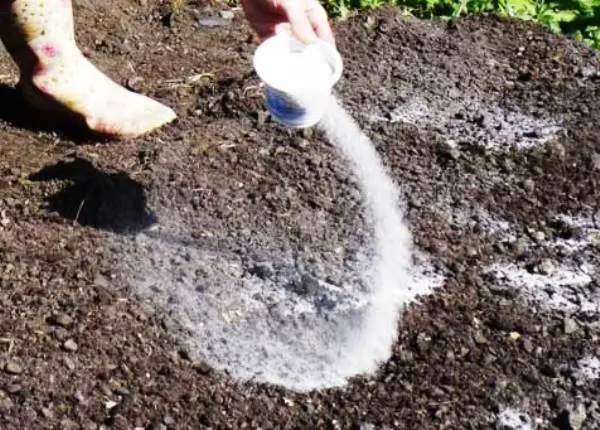
Fertilizing plants with ammonium sulfate is also very effective in the war for the harvest.
The wireworm does not like legumes, so it is good to plant potatoes in the area where peas or beans grew before. If this is not possible, you can throw beans into the hole with potatoes, this will scare away the pest.
You can sow the perimeter or row spacing with bait plants. Corn and lettuce are good for this. Wireworms climb into their roots. When the plants grow up to 20 cm, they need to be dug up along with the attached pest and destroyed (burned). You can also use crops of barley, oats or wheat for bait. The process is the same – they are sown before planting the main crops, germinated, and then dug up along with the pest. The empty place can be re-sown with cereals and collect another “harvest” of larvae.
Surprisingly, marigolds can help you fight the wireworm – plant them around the site.
Some gardeners were helped by the method of digging pine or spruce needles into the ground.
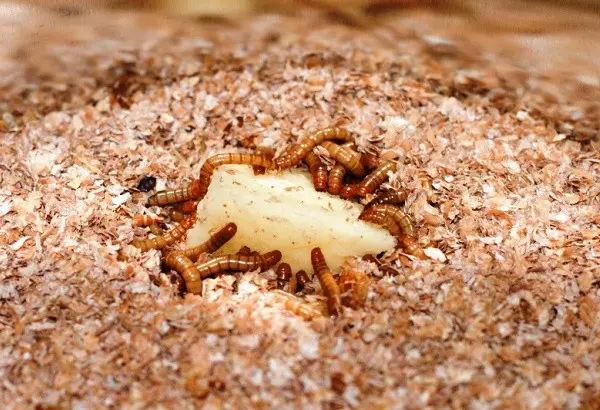
Voracious insects are perfectly caught on traps. It is quite easy to build them, they are used before sowing. Any cake is laid inside – beets, potatoes, seeds are suitable, you can use pieces of vegetables. This bait is buried in the ground to a depth of 15 cm, and after 3-4 days this “dining table” is dug up along with the wireworm. This method can be used throughout the summer until harvest. The bait can also be placed in glass jars of small volume, digging them up to the neck into the soil.
You can dig small holes in the area, place last year’s grass, straw or hay in them. Such places are very attractive for the wireworm, he will definitely visit them. After a few days, select the herb and burn it, and put a new seed in its place. If you try, then in such a simple way you can reduce the pest population by 90%!
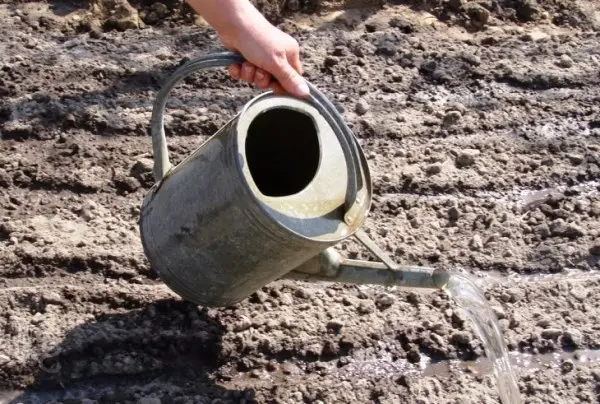
Of the chemicals, diazolin fights well with the wireworm, there are a number of preparations based on it, but all this is a poison, so it should be used strictly according to the instructions. In addition, repeatedly used drugs are addictive in pests, and you will only poison vegetables in vain.
If your site is flooded with wireworms, try to involve your neighbors in the site in the fight against them, because due to the migration of the insect, all the methods mentioned above can only give the effect of getting rid of them for a not too long time.
Whatever method you choose, we wish you a victorious solution to the problem and excellent harvests.
Video “Garden pests – clickers (wireworms)”
The video program deals with pests of garden crops – wireworms: features of the species, how to recognize, harm to vegetable crops, how to deal with the parasite.









